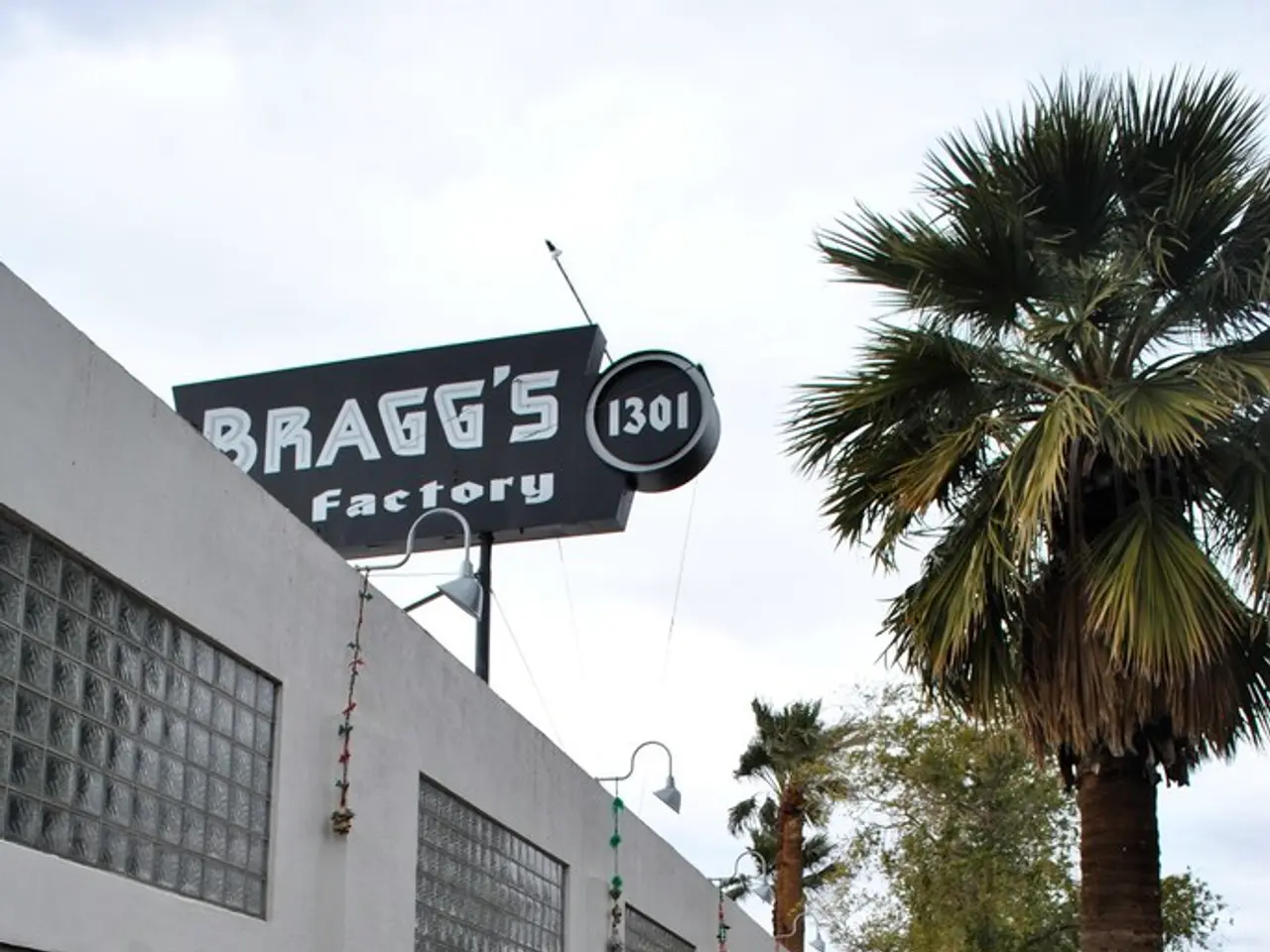Intel may discontinue the production of nodes 14A and subsequent ones if they fail to secure a significant external client, thereby allowing TSMC and Samsung to take the lead in cutting-edge node manufacturing.
Intel, the world-renowned semiconductor giant, is treading cautiously with its 14A process technology, a 1.4nm-class innovation that promises to revolutionise the industry. The cost of this ambitious project is estimated to be in the billions of dollars, with each ASML Twinscan EXE:5000/5200 High-NA EUV tool, a crucial component, projected to cost around $380 million.
The success of Intel 14A hinges on several factors. According to Lip-Bu Tan, Intel's CEO, he will only invest in CapEx for the 14A node if the internal customer, external customer, and volume commitment are met. This strategy is a response to the competitive landscape, where Intel must regain trust from external customers amid fierce competition from TSMC and Samsung.
The continuation of Intel's 14A process depends heavily on attracting a major external customer and meeting specific development milestones. If Intel fails to secure such commitments or falls short of these targets, it may slow down or even cancel the development of 14A.
Intel's research and development spending in 2024 totalled $16.546 billion, a significant portion of which was allocated to the development of 18A, 18A-P, 14A, and other process technologies. However, the cost of procuring High-NA EUV tools is not included in this figure.
If Intel does decide to cancel the 14A project, it may have to manufacture future designs requiring greater transistor density and performance using third-party foundries, such as TSMC. This could potentially impact Intel's margins, a factor the company is carefully considering.
Intel has at least one internal design planned for 14A, but the company is keeping its options open. If 14A is cancelled, Intel expects to continue building the majority of its products in-house on nodes up to 18A-P through at least 2030.
In the event of a cancellation, the cost would be significant, given the investment in research and development and potential High-NA EUV tool costs. This decision would be made if Intel fails to secure a major external customer for this production node or if the fabrication process does not meet crucial milestones.
In conclusion, Intel's 14A process technology is a critical step forward in semiconductor innovation, but its future is contingent on strong market demand, validated customer partnerships, cost-effective manufacturing readiness, and technological milestones. The company's strategic approach reflects a commitment to prudent risk management and market-driven development.
Technology plays a crucial role in Intel's 14A process, with each High-NA EUV tool, a key component, costing approximately $380 million. If Intel fails to secure a major external customer or falls short of development milestones, the potentially high cost of this technology may lead to the cancellation of the 14A project.




